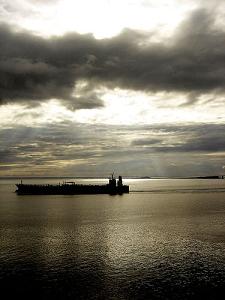A guest post over at Freakonomics from one Ed Glaeser, who’s apparently way out in front of the whole “cities are the future and should be embraced as such” movement. It’s mostly a list of truths he reckons need acknowledging if the US is to pull its collective backside out of the economic firepit, but some of them are pretty interesting. F’rinstance:
Build, baby, build. Cities like New York and San Francisco thrive because they’re productive and fun, attracting millions of people over the years with the promise of one of the great urban gifts: upward mobility. But increasingly, they’ve become unaffordable to the ordinary people that drive their innovations. If a city has plenty of brilliant people, then give them space to live and work. Don’t enact byzantine zoning codes or hand vast, architecturally undistinguished neighborhoods over to preservationists. There is no repealing the laws of supply and demand, and if successful cities don’t build they become expensive, boutique cities that are inaccessible to mere mortals. When New York City was building more than 100,000 new housing units a year in the 1920s, housing stayed inexpensive. New York construction dropped dramatically from the 1950s to the 1990s, and prices rose accordingly. Chicago’s sea of cranes on Lake Michigan helps explain why average condo prices in the New York area are more than 50 percent more than condo prices in the Chicago area. In this case, the city has much to learn from the Second City.
Also of note: the “Get Over Jefferson” section, which applies just as well on this side of the pond (albeit with a different name in place of the dead prez):
America is, remarkably, still held captive by a Jeffersonian ideal of yeoman farmers and country living. The rest of the world, however, is not. The rising powers of the developing world are seizing their urban futures — cramming smart people together, creating gateways for ideas, and building platforms for the serendipitous fortunes that proximity can provide. Gandhi may have thought that India’s future was in its villages and not its cities — but India today is proving the great man wrong.
As mentioned before, the more I read about cities, urbanism and economics, the more I realise there’s a whole lot more stuff I really want to know. Anyone want to fund me to take a combined degree in economics and urban architecture with a side serving of speculative futurism?
Damn. Didn’t think so. 🙁
